Another Historic Climate Court Ruling in the Netherlands
Legal Planet
JUNE 4, 2021
What’s most remarkable is that the decision calls for a 45% reduction of carbon dioxide (CO 2 ) emissions–of not only its own but also those of its customers–within less than a decade. This reports that a net 45% reduction in 2030, relative to 2010, would be consistent with a 50% chance of keeping warming within 1.5°C





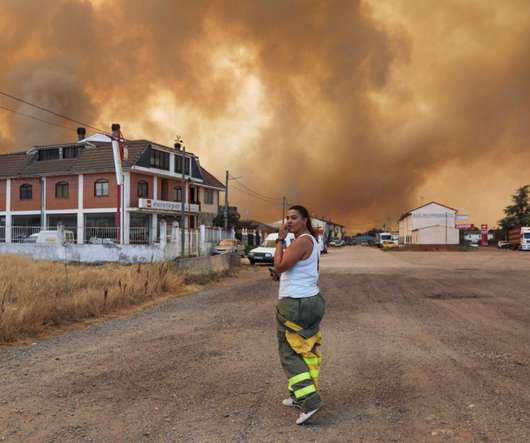
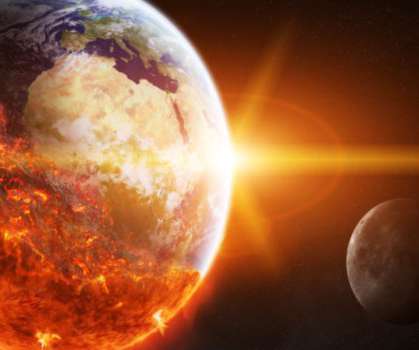
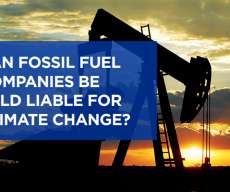

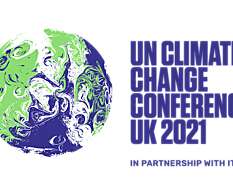
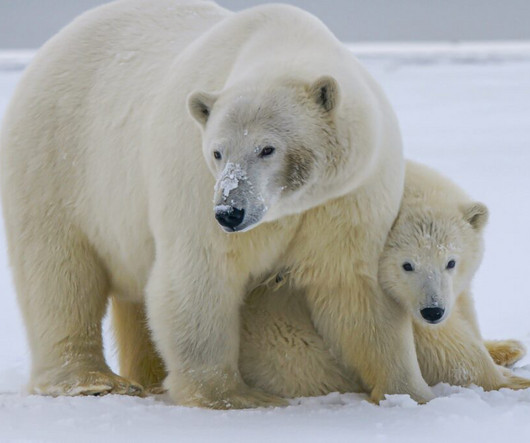











Let's personalize your content